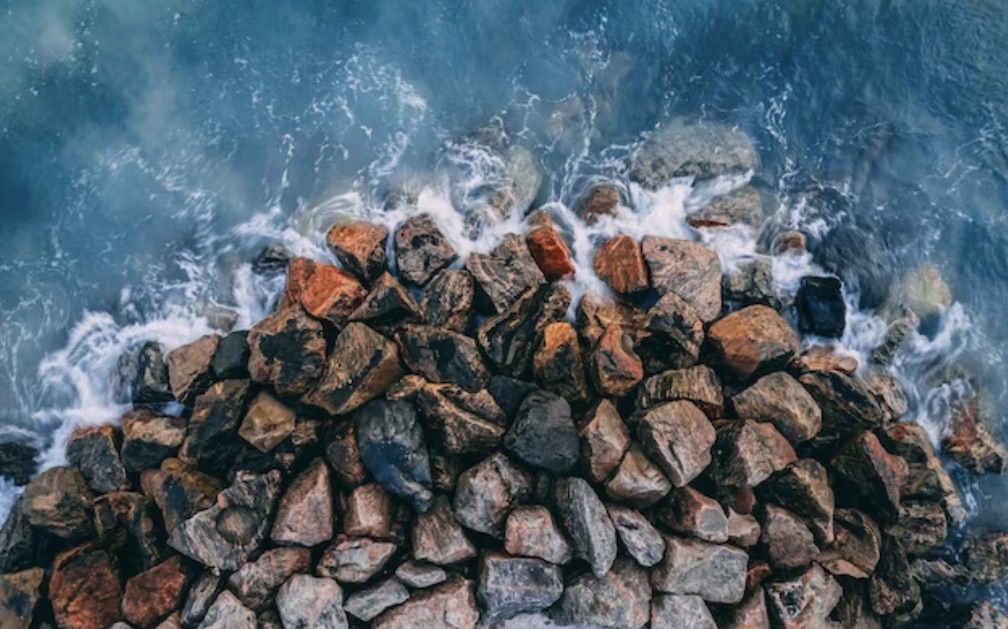Utilize Rip Rap Seawall for Shoreline Protection
- Written by The Times

A Rip Rap seawall is a type of coastal engineering structure that protects shorelines from wave erosion, which is composed of large stones or boulders placed in an interlocking pattern along the shoreline. The design of the seawall is to absorb and deflect wave energy away from the shoreline and dissipate it into deeper water.
The size and shape of the stones used in a Rip Rap seawall vary depending on various factors such as wave frequency, height, directionality, tidal range, etc., and are generally large rocks between 1-3 feet in diameter that interlock when placed together to form an effective barrier against wave action. Rip Rap seawalls are cost-effective, long-lasting, and environmentally friendly solutions for preventing beach and shoreline erosion while providing habitat for fish and other aquatic life.
A Rip Rap seawall is aesthetically pleasing when designed correctly to blend in with the surroundings. The walls have multi-tiered defence systems for protection against flooding or storm surge events during extreme weather conditions. They are frequently used for beach nourishment projects where sand is added to the shoreline. Rip Rap seawalls are a common type of shoreline protection that help prevent coastal erosion. They provide many benefits for waterfront property owners and protect homes from the damaging effects of wave action and storms.
One of the significant benefits of Rip Rap seawalls is that they reduce coastal erosion. During storms, waves hit the shore with tremendous force, eroding away sand and soil. A Rip Rap seawall acts as an artificial barrier between your property or beach and the ocean, absorbing much of this energy before it reaches land. This helps preserve landscaping by preventing it from being swept away by powerful currents or washed out by heavy rains. Another benefit is improved water quality in areas where Riprap walls have been installed. They help trap sediment that would otherwise be swept downstream into rivers and streams, thus reducing pollution levels in these bodies of water which can have a positive impact on local ecosystems. Rip Rap walls also provide aesthetic appeal.
The installation process of Rip Rap seawalls is relatively simple. The first step is to make sure your computer meets all the minimum system requirements for running the program. Many programs require certain versions of operating systems, RAM, storage space, and even certain processor power to work correctly. If your computer does not meet these requirements, the installation will likely fail or cause unexpected problems down the road. Once you have determined that your computer is capable of running the program you’re trying to install, it’s time to get started. Depending on how you purchased or received it, this could mean downloading a file from an online source or installing it from a physical disk drive such as a CD-ROM or DVD-ROM disc. After downloading any necessary files, double-check them.
Rip Rap seawalls need regular maintenance and repair to maintain their structural integrity and provide optimal protection against coastal erosion. Inspections should be done at least twice a year by professionals who have experience with these structures. During inspections, they will look for signs of damage such as cracks, gaps between stones, or any other signs that may indicate the need for repair or replacement. Maintenance should include periodic cleaning of the rocks used in the wall’s construction, which can help remove dirt, debris, and other material that can impede the wall's effectiveness in protecting against wave action by creating gaps or unevenness due to sediment buildup on top of the wall.

















